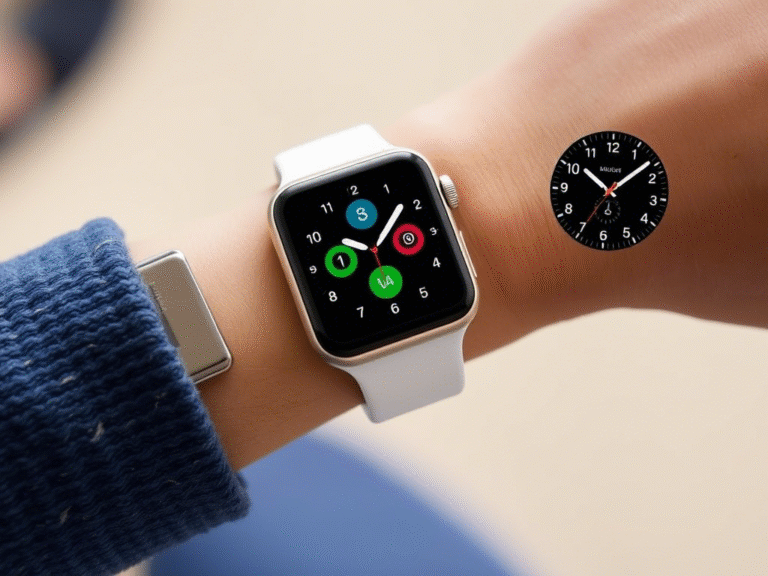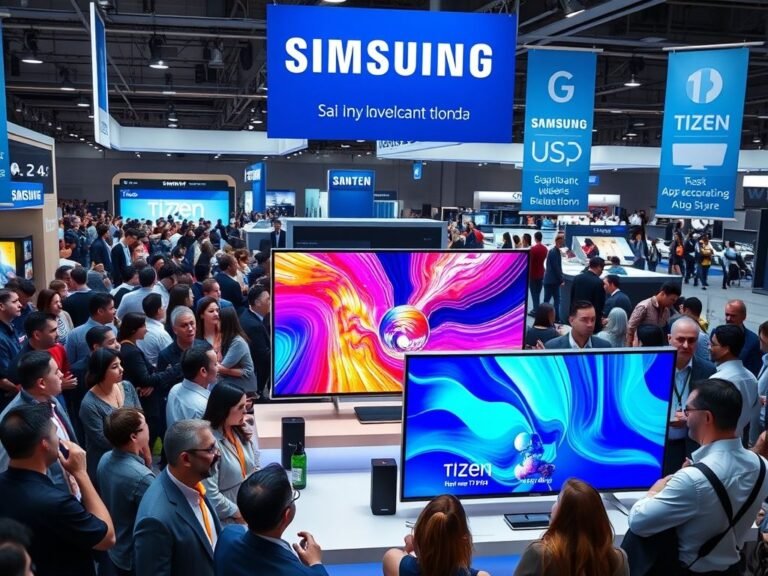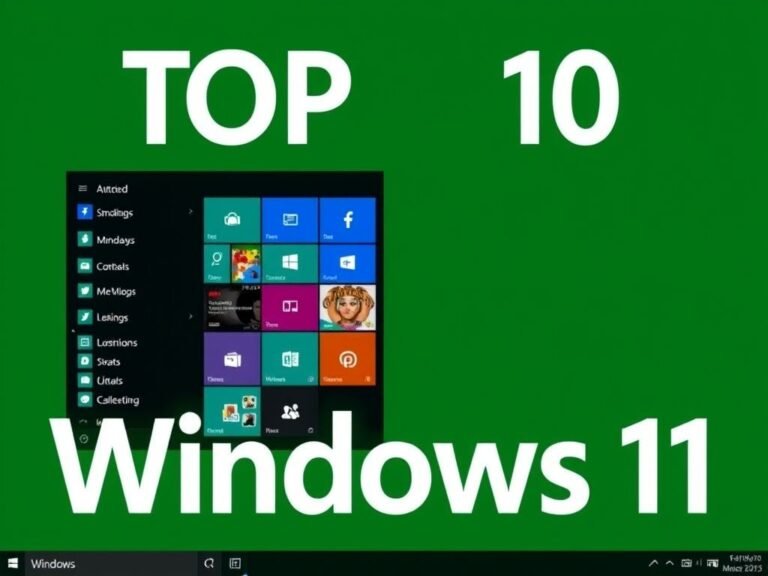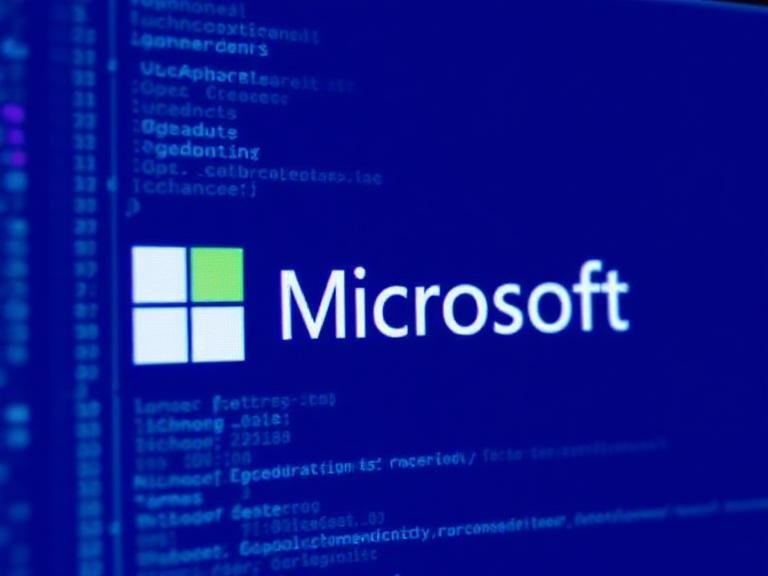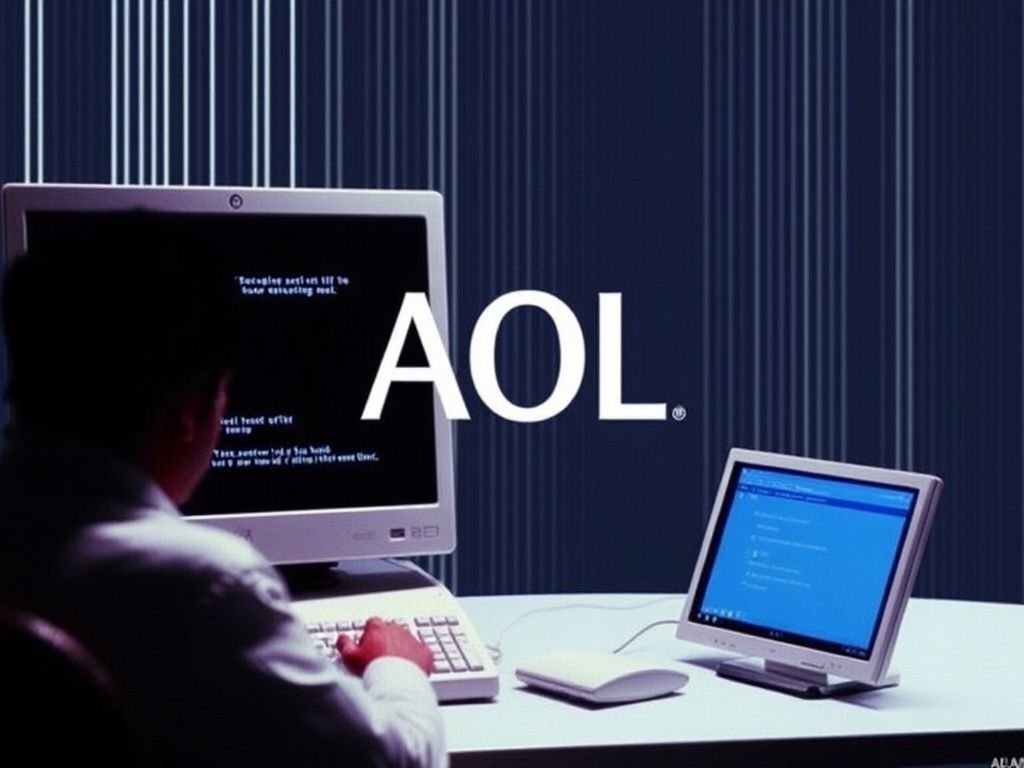
From CDs to Broadband: The Final Days of AOL’s Dial-Up Service
It’s another sign that the digital world is moving on: AOL has officially announced the end of its dial-up internet service, closing the book on one of the most iconic — and painfully slow — ways to get online.
The final cutoff date? September 30, 2025. After more than three decades of screeching modems, busy signals, and the legendary “You’ve got mail!” alert, the last remnants of AOL’s original mission will be retired — marking the true end of an era.
While this news may feel like ancient history to younger users, for millions in the 1990s and early 2000s, AOL wasn’t just an internet provider. It was the internet.
Remember the Sound of 56K?
If you used a desktop computer in the ’90s, you probably remember the ritual: plug in the phone line, click “Connect,” and brace yourself for the ear-splitting symphony of beeps, clicks, and robotic squeals as your modem negotiated a fragile link to the outside world.
At its peak, 56Kbps was considered blazing fast — until you tried to download anything bigger than a JPEG. Just how slow is that by today’s standards?
Let’s put it this way: downloading a modern game like Battlefield 6 — which can take up around 75GB, depending on installed components — over dial-up would take roughly 11.2 million seconds. That’s about 130 days of nonstop downloading. No pauses. No power outages. Just pure, uninterrupted commitment to getting that beta before it ends.
And heaven help you if someone picked up the phone mid-download.
What’s Being Discontinued — And What’s Staying
As of September 30, 2025, AOL will officially discontinue:
- Dial-up internet access
- AOL Dialer software
- AOL Shield Browser (a privacy-focused browser launched in 2019)
These services will no longer be available to new or existing users after the cutoff date.
However, other AOL subscription benefits remain active, including:
- Email accounts (aol.com, aim.com, netscape.com)
- Cloud storage
- Identity protection and security tools (for paid members)
- Ad-free email and spam filtering
So yes — you can still keep your johnsmith@aol.com address, at least for now.
A Legacy That Shaped the Internet
AOL’s story is one of innovation, ambition, and eventual decline.
Founded in 1985, the company helped bring online access to mainstream households through easy-to-use software, bundled CDs, and flat-rate monthly plans. It pioneered instant messaging with AIM (AOL Instant Messenger), popularized chat rooms, and even experimented with early forms of video calling.
In 2001, it made headlines with its infamous $164 billion merger with Time Warner — once the largest corporate merger in history, and later considered one of the biggest failures in business.
Over the years, AOL changed hands multiple times:
- Acquired by Verizon in 2015 for $4.4 billion.
- Merged with Yahoo! under Verizon Media.
- Sold a 90% stake to Apollo Global Management in 2021 for $5 billion.
Through it all, the dial-up service lingered — not because it was profitable, but because a small, loyal user base still relied on it, often in rural areas or among older adults who never made the switch to broadband.
According to a 2021 report, AOL still had only a few thousand dial-up subscribers — a tiny fraction of its 26 million peak in the early 2000s. But for those users, it was more than just internet. It was routine. It was comfort. It was home.
Support Is Still Available — For Now
AOL is urging U.S. customers to contact 1-888-265-5555 and Canadian users to call 1-888-265-4357 for account support before the shutdown.
The company hasn’t confirmed whether email or other online services will eventually be phased out, but for the moment, they remain operational.
Farewell to the Sound That Connected a Generation
The end of AOL dial-up isn’t just about retiring old technology. It’s about saying goodbye to the first digital experience of an entire generation — the blinking cursor, the pixelated icons, the thrill of sending your first instant message.
It’s the final disconnect from a time when going online felt like magic — even if it took 20 minutes just to load a single webpage.
So here’s to the modem’s final screech.
Rest in peace, dial-up.
We’ll never forget the sound of the internet being born.

